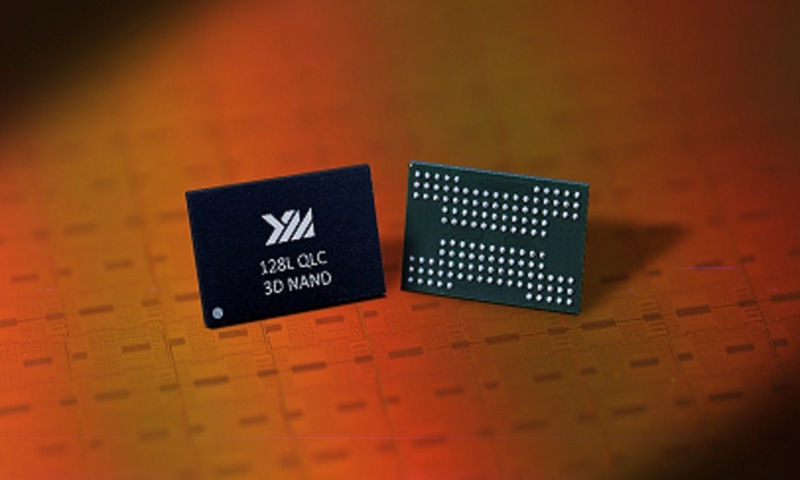American registering and designing specialists have fostered a super reduced 3D NAND memory-based neuromorphic figuring stage. His proposition consolidates a few developments that increment the section time window, lessening the defer in information move commonly created by this memory concerning different advancements applied to neurocomputing.
Neuromorphic registering is one of the most thrilling advancement fields in processing today. Numerous scientists are chipping away at advances that empower this capacity to fabricate organizations of gadgets that attempt to impersonate the working of the human cerebrum. These depend on gadgets with their processing limit, interconnected in a modern organization in which each party works together in the computation undertakings.
To accomplish this, various ways to deal with in-memory registering are being assessed. One of them plans to utilize the inescapable 3D NAND streak memory innovation to play out the computational tasks of neuromorphic processing. Contrasted with other arising recollections, the issue with this innovation is that its exhibition is second rate. In any case, it likewise offers the upside of being a demonstrated and open innovation at a much lower cost than different proposition.
As of late, a group of PC specialists from the University of California has introduced another innovation that works on the presentation of 3D NAND memory in neuromorphic figuring applications. They characterize its improvement as a super smaller and energy-proficient time-space vector-per-lattice multiplier (VMM) in light of a business 3D NAND memory structure.
As made sense of in their work, as of late distributed in the specific diary Neuromorphic Computing and Engineering, 3D-VMM utilizes another progressive rescaled resistive joining plan (RSIR) to forgo a charging capacitor as massive as conceivable the one usually utilized in other Grid Computing comparable innovations. This lessens the general gadget size and power utilization of ordinary VMMs.
As per their examines, performed on a 55-nanometer innovation hub, RSIR-3D-VMM’s region productivity and energy effectiveness beat existing 3D-VMM approaches by an element of 1.3 to multiple times. What’s more, dissimilar to these, it is feasible to adjust this innovation to work in a more modest result range. Another advancement that these scientists have created is another development called 3D-cortex, a multipurpose neuromorphic surmising processor equipped for exploiting the 3D-VMM block as a focal handling unit.
Their tests have shown that 3D-cortex execution displaying focusing on different cutting edge brain network benchmarks accomplishes a record stockpiling productivity of 30.7 MB mm 2 and greatest energy proficiency of 113.3 Top/J and 10.66 Top/s in neuromorphic processing errands. Furthermore, they guarantee that the RSIR region effectiveness improvement gives a lower defer in information move, figuring out how to make up for the VMM execution decrease thanks to a bigger info time window.
